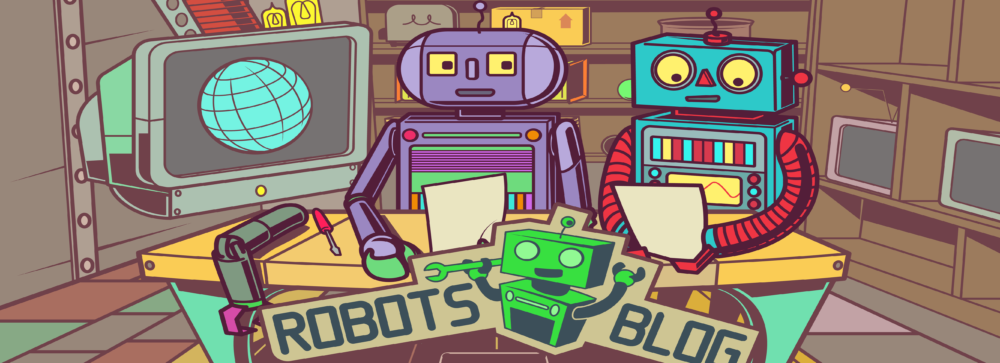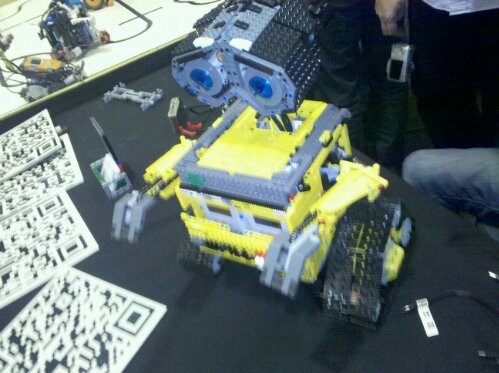08.12.2010 – Können Roboter fühlen? Was können Roboter von der Natur lernen? Die Beantwortung dieser und noch vieler weiterer interessanter Fragen gibt das Deutsche Museum in Bonn. Während eines viertägigen Ferienangebots an dem Kinder von 9 bis 12 Jahren, Robotern in Anlehnung an Vorbildern aus der Natur selbst konstruieren und programmieren können.
Das Ferienangebot findet in in Kooperation mit dem Zoologischen Forschungsmuseum Alexander Koenig statt.
Termine:
- 04. bis 07. Januar 2011
Am 13.8.2010 berichtete das WDR 5 Radio bei Klicker (Nachrichten für Kinder) über die ersten BioBots der Roberta-Academy des Deutschen Museums in Bonn. Zusätzlich werden die akustischen Eindrücke durch Fotos auf der Internetseite von WDR 5 Klicker ergänzt.
http://www.lilipuz.de/klicker/nachrichten-details/artikel/wie-die-tiere-mini-roboter/
Gemäß Konfuzius: Erkläre mir, und ich vergesse. Zeige mir, und ich erinnere. Lass es mich tun, und ich verstehe. wünscht Roberta allen Teilnehmerinnen und Teilnehmern 4 neugierige, spannende und interessante Tage!


